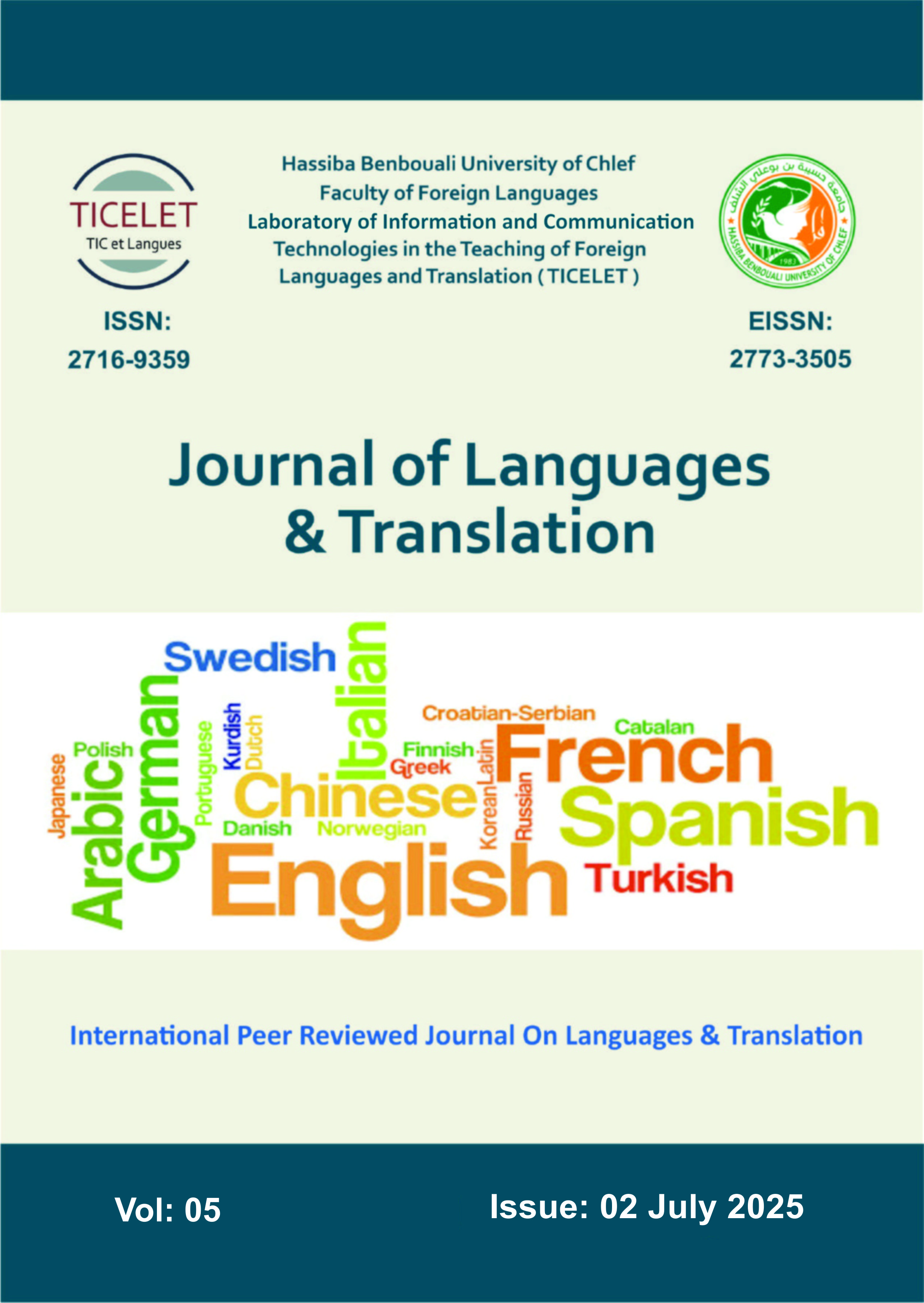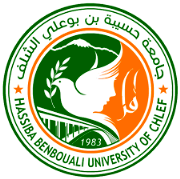Textual practice in the Book of Liberation and Enlightenment by Al-Tahir bin Ashour (d. 1394 AH)
DOI:
https://doi.org/10.70204/jlt.v5i2.765Keywords:
Textual practice, books of interpretations, the book of liberation and enlightenment, by Al-Tahir bin AshourAbstract
This study explores the textual practices employed by the prominent scholar Al-Tahir Ibn Ashur in his exegetical work Al-Tahrir wa Al-Tanwir, focusing on the mechanisms he used to establish textual cohesion and coherence within his interpretation of the Qur’anic text. The research analyzes Ibn Ashur’s approach in light of Qur’anic text grammar, aiming to uncover the procedural and rhetorical strategies that contribute to a structurally and semantically harmonious reading of the Qur’anic discourse. To this end, the study is guided by two central questions: What are the textual mechanisms that Ibn Ashur employed to reveal the coherence of the Qur’anic text? And how did his exegetical methodology contribute to the enrichment of the field of Qur’anic textual studies? In addressing these questions, the research adopts a descriptive-analytical approach suited to textual analysis, allowing for a systematic exploration of key concepts and terminologies relevant to text linguistics. Through this method, it becomes evident that Ibn Ashur demonstrated a profound understanding of principles now associated with modern textual grammar—principles that are, in fact, deeply rooted in classical Arabic linguistic and rhetorical traditions. The study ultimately reveals that many concepts championed by contemporary Western textual studies were already embedded in the Arab-Islamic intellectual heritage. Ibn Ashur’s commentary thus stands as a testament to the sophistication of classical Arabic scholarship in articulating textual unity, coherence, and interpretive depth in Qur’anic discourse.














